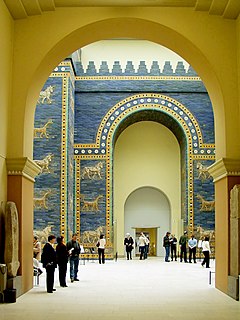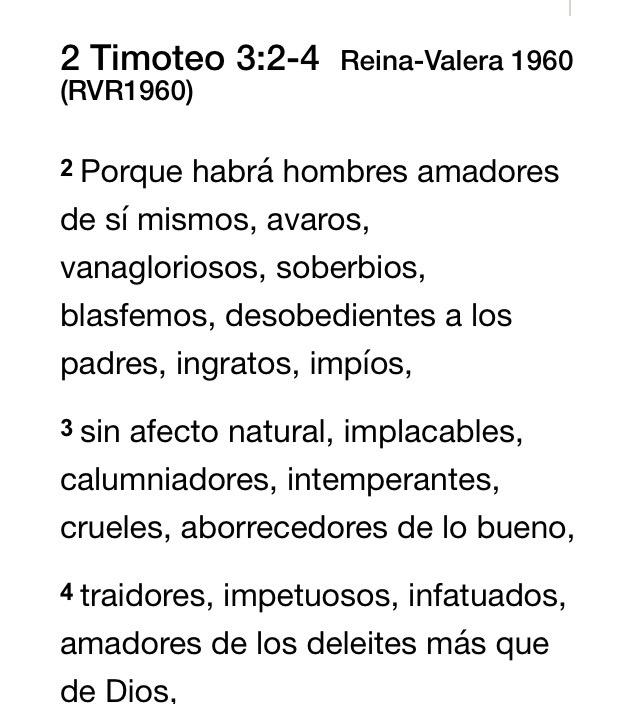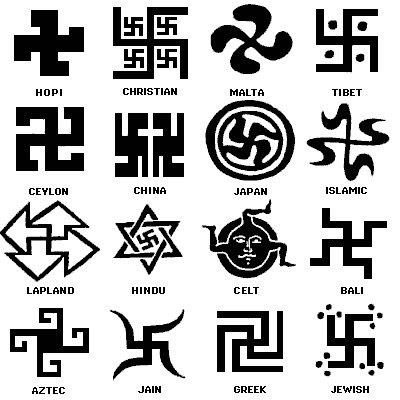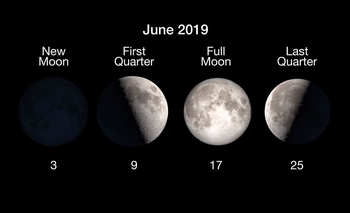These fundamental blocs appear in nature in the structure of crystals and the five natural elements; earth, air, fire, water and the quintessence of the heavens (ether). Each of them is associated with a platonic solid. Earth is associated with the cube, air with the octahedron, water with the icosahedron, fire with the tetrahedron and ether with the dodecahedron. The heavenly bodies were encoded in the Great Pyramid of Giza through the number 7. Another key number is 5,040, the Earth’s radius in miles 3,960 added to the Moon’s radius 1,080. The number 5,040 is 7 x 6 x 5 x 4 x 3 x 2 x 1 and carried an important metaphysical meaning to early civilizations.
The fifth element, or ether, is a subtle medium through which the celestial bodies move in harmony. This element encourages the prosperity of life and order in nature. Entropy is the measure of disorder in any process. The Second Law of Thermodynamics stipulates that “the entropy of the universe increases during any spontaneous process”, which contradicts the orderly celestial signature described by the heavenly bodies. As a consequence of the Second Law of Thermodynamics only technologies based on explosion and destruction are explored. When the ether is considered the second law must be dismissed, allowing further explorations into technologies based on implosion and harmony of life.
The beautiful geometric patterns found in nature are a direct expression of the ether or ‘The All’ which orchestrates order in the universe through sound, light, numbers and geometry. In the past physical objects were considered to be connected to their essence in the subtle world. Philosophy, Art and Mathematics were studied with an awareness of the divine transcendental connection of the soul on the earthly plane to the One Quintessence. The Pythagoreans for example considered reality as ‘mathematically describable’. The practice of philosophy aided the transformation of the soul and a connection to a divine order through the science of numbers.

The Great Pyramid has an approximately square base with a perimeter equal to the circumference of a circle with radius equal to its height. The dimensions of the Great Pyramid incorporate measurements from which can be calculated :
- The dimensions of the Earth and Moon.
- The radius ratio between the Earth and Moon.
- The Pythagorean Triangle 3 – 4 – 5.
The pyramid builders appear to have been advanced astronomers.
“Few things in this world are more predictable than the reaction of conventional minds to unconventional ideas.” John Anthony West
Squaring the circle is the challenge of constructing a square with the same area as a given circle by using only a finite number of steps with compass and straight-edge. The resolution approximates the dimensions of the Great Pyramid with a base leg equal to 11 and a height equal to 7. This gives an approximate value of Pi (π) equal to 22÷7 = 3.1428.
Another approach is to take the dimensions of the Great Pyramid in relation to the Golden Ratio Phi (φ) 1.618, divine proportion observed in nature. The square of Phi (√φ) is the height and 2 is the base leg.

Perimeter of the circle : 2 π r = 8
Since 4 divided by √φ is approximately equal to Pi (π), the circumference of a circle of radius r is the height of the pyramid, respecting the equation below.
2 π r = 2 π√φ =
2 (4 ÷√φ) √φ = 2 x 4 = 8

Since the perimeter of the base of the pyramid is 8, the Great Pyramid squares the circle with a value of PI equal to 4 ÷√φ = 3.1446055.
If you are willing to go deeper in this research, there is further discovery about this value in the work presented by the researcher Jain, in his own books and website :
http://www.jainmathemagics.com/bookofphivol8/
http://www.jainmathemagics.com/truevalueofpijainpi/




















.jpg)






